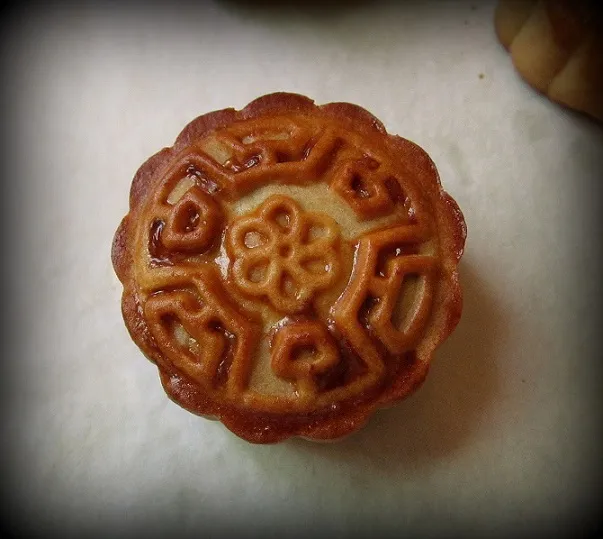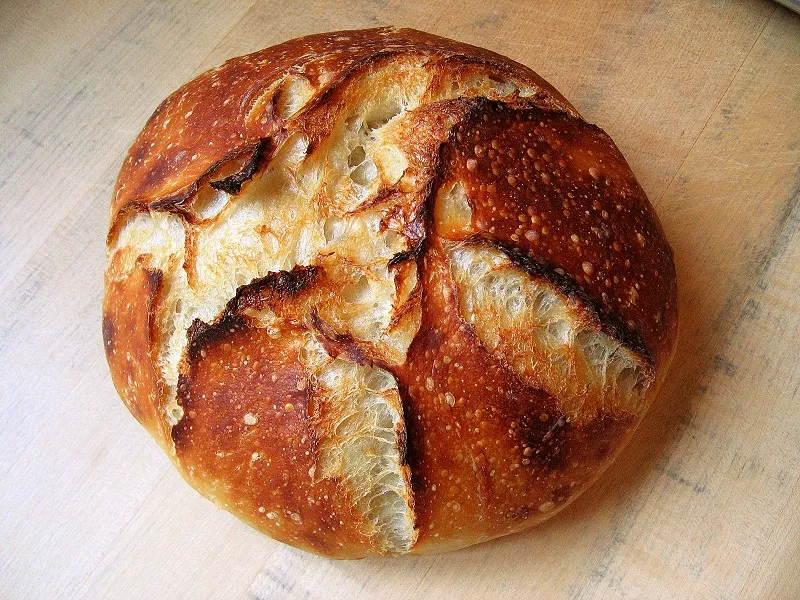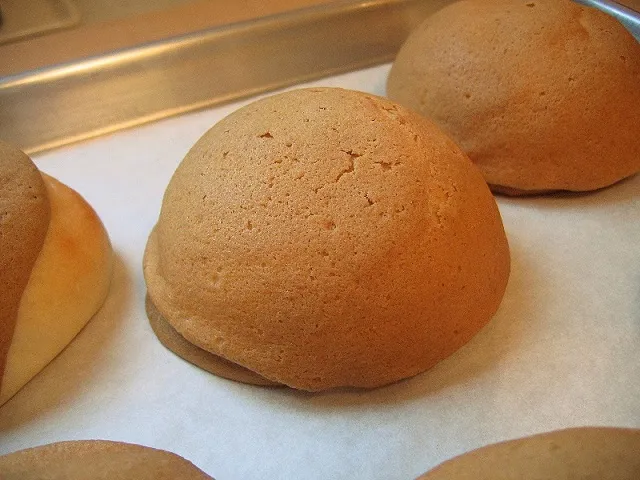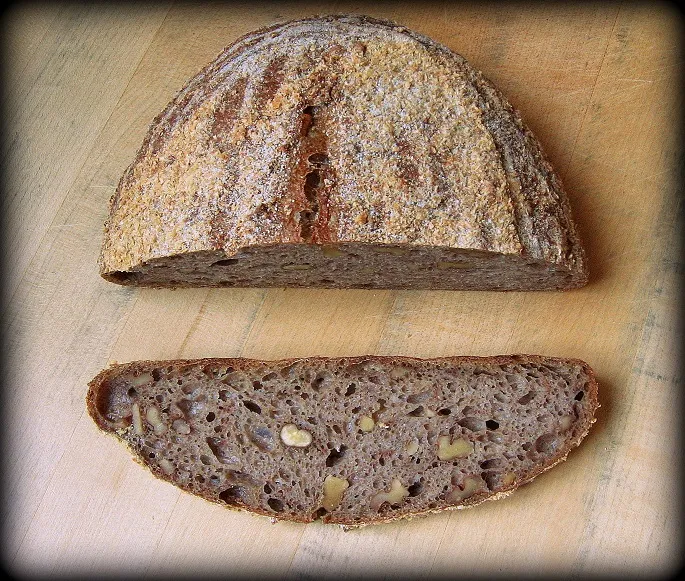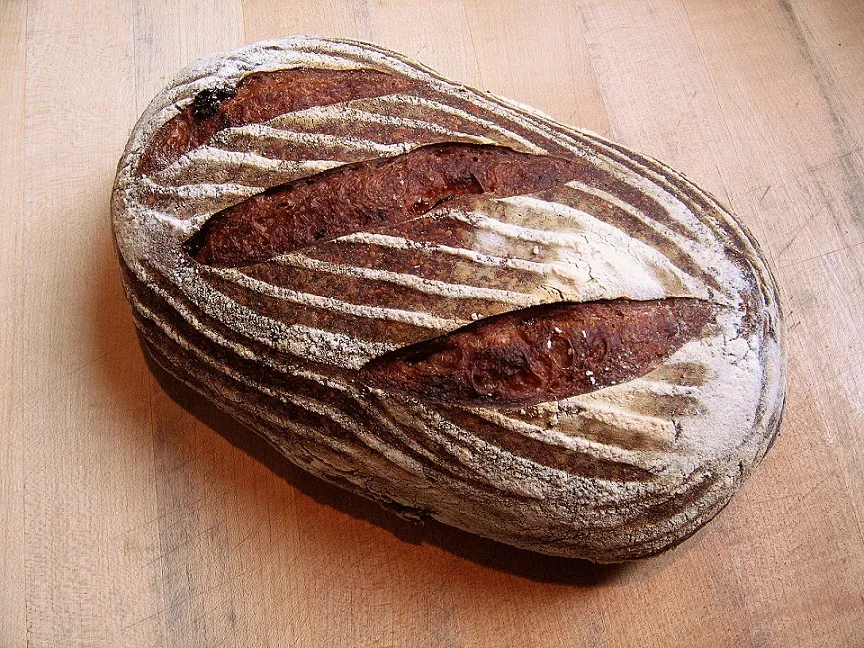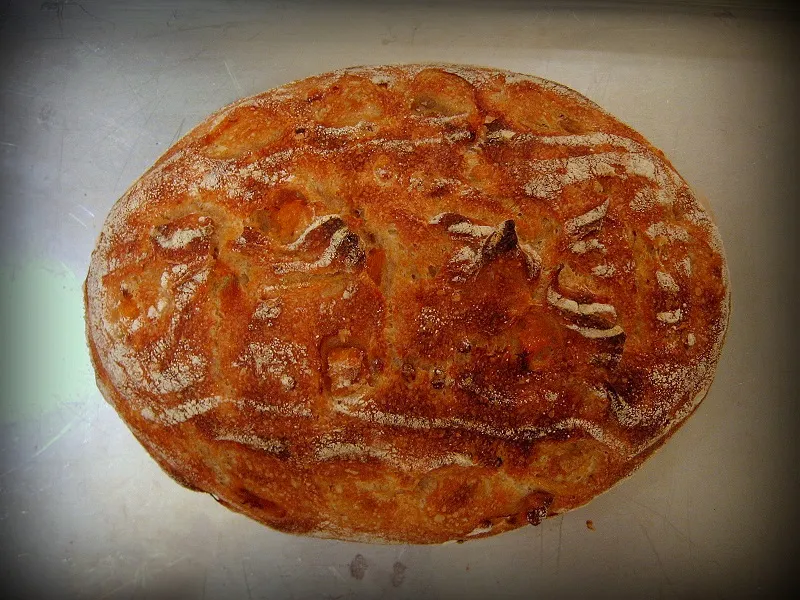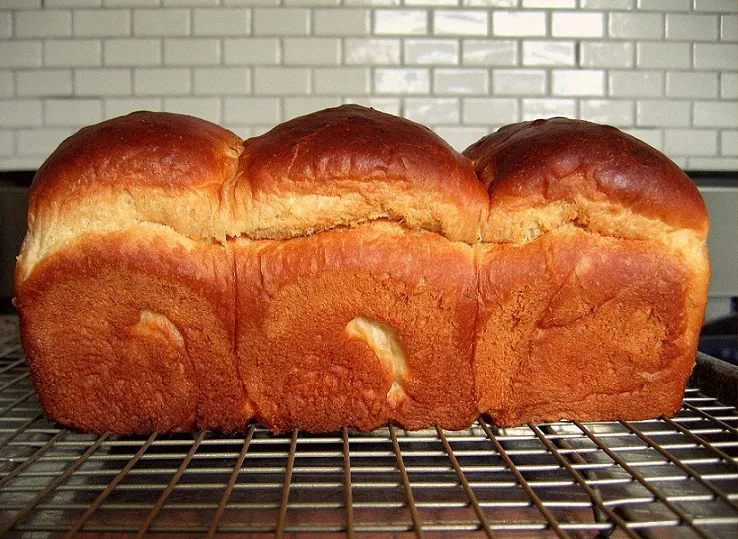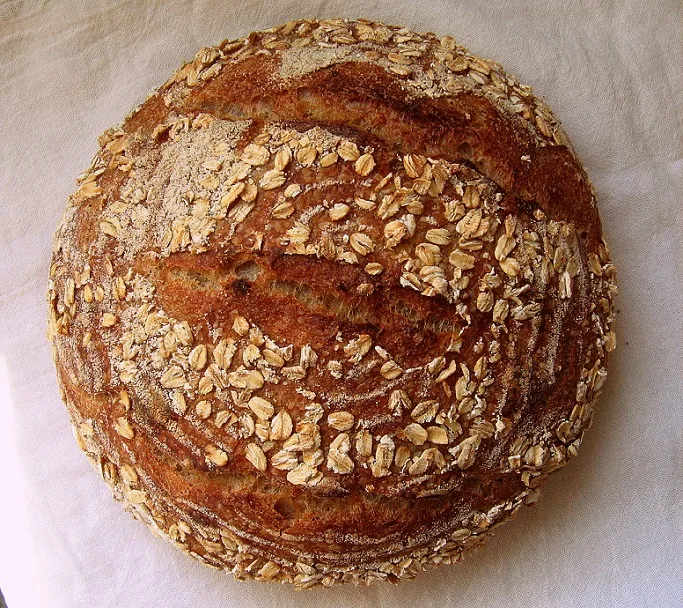Naturally leavened croissants

I have always wanted to make a naturally leavened croissant for no other reason than to see if I can do it. But most sourdough starter / levain croissant recipes I see on the internet have both commercial yeast and levain in the dough. I have nothing against using commercial yeast in croissant making or in any other bread for that matter. Whatever floats your (bread) boat is fine with me. Croissants and other laminated yeasted doughs are challenging enough without using sourdough starter / levain as the sole means of leavening.
